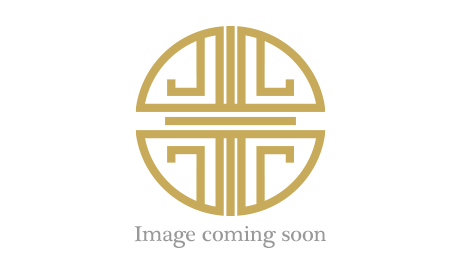Second-Hand Luxury Market Set to Hit USD 77.8 Billion by 2033, Outpacing Traditional Retail Growth
- 19th Oct 2025
- 1895
- 0

Global – Once considered a niche, the second-hand luxury market has emerged as fashion's fastest-growing segment, now directly challenging the dominance of traditional luxury maisons. Powered by shifting consumer values, technology, and access-first attitudes, resale is rapidly transitioning from disruptor to mainstream force — and redefining the future of luxury itself.
Resale Market Outlook: Strong and Accelerating
| Metric | Value | Target Year | Growth Rate (CAGR) |
|---|---|---|---|
| Current Market Size | $38.3 billion | 2025 | ~10% |
| Forecast | $60.5 billion | 2029 | 10% |
| Long-term Projection | $77.8 billion | 2033 | 8.5% |
| Traditional Luxury Sector Growth | – | – | 5–6% |
Key Insight: Resale is expanding at nearly twice the pace of traditional luxury retail.
What's Driving the Boom?
1. Sustainability & Circular Fashion
Millennials and Gen Z consumers increasingly view pre-owned luxury as eco-conscious, favoring reuse and reduced fashion waste. Circular consumption now aligns with personal ethics and environmental values.
2. Affordability & Democratization
Resale platforms open luxury access to middle- and upper-middle-class aspirants, particularly in emerging economies. Brands once considered out of reach are now obtainable through second-hand channels.
3. Authentication & Trust Tech
Platforms like Vestiaire Collective, The RealReal, and Fashionphile deploy AI authentication, blockchain, and digital certificates to validate product origin — enhancing buyer confidence and market legitimacy.
Competitive Pressure on Legacy Brands
The resale boom is not just an economic trend — it's shifting how luxury is perceived, purchased, and retained.
Consumer Behavior Shifts:
- 58% of U.S. shoppers prefer buying from the second-hand market (The RealReal, 2025).
- 50%+ of luxury buyers would purchase certified pre-owned products directly from the brand if offered (EY advisory).
Strategic Crossroads for Brands:
| If Ignored | If Integrated |
|---|---|
| Lose control of product lifecycle | Retain brand equity |
| Third-party marketplaces own resale narrative | Capture resale margins in-house |
| Risk dilution of brand prestige | Build loyalty via certified second-hand programs |
Cultural Influence: Vintage as Identity
Resale is transforming luxury from "what's new" to "what's unique."
- Consumers are curating vintage wardrobes, mixing decades from '80s maximalism to 2010s minimalism.
- Designers are now inspired by archival collections, as cyclical fashion trends gain cultural relevance.
- Scarcity is being redefined, not by drop culture, but by historical depth and story.
The Takeaway
In 2025, second-hand luxury is no longer a fringe economy — it is a structural pillar of modern fashion.
Brands that adapt will thrive by:
- Embracing authenticity
- Owning the full product lifecycle
- Positioning sustainability as a status symbol
The resale revolution is here — and it's not just reshaping closets, it's reshaping luxury itself.
 Pradeep Dhuri
Pradeep Dhuri

Comments
No comments yet.
Add Your Comment
Thank you, for commenting !!
Your comment is under moderation...
Keep reading luxury post